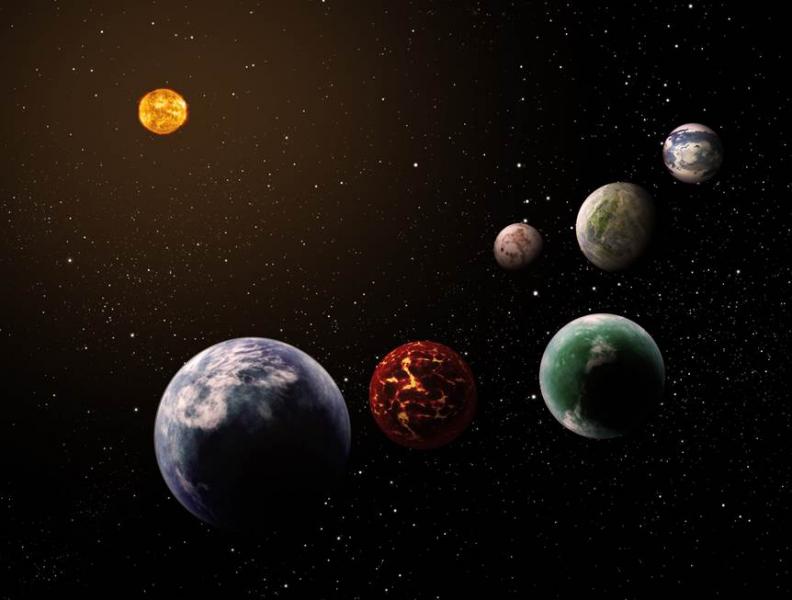Adoption of the PLATO mission by ESA
The PLATO (Planetary Transits and Oscillations of stars) planetary mission proposal aims to discover rocky planets around nearby stars similar to our Sun. Selected by ESA in 2014, the mission was adopted at a meeting of the ESA Scientific Program Committee held on 21 June 2017. This adoption concludes the study phase and gives the go-ahead to the mission completion phase. Consequently, in the forthcoming months, a call for tender will be launched for the supply of the space platform on which the telescopes will be placed.
PLATO will be launched in 2026 and will be placed at nearly 1.5 million km from Earth. It will monitor tens of thousands of brilliant stars, looking for periodical variations of light of a few ten thousandths and for signs of the passage of a planet in front of the disk of its star. Indeed, when the phenomenon occurs, the planet temporarily blocks a small fraction of the light coming from its star.

This method, known as the transits method, has been used successfully by other space telescopes, like CoRoT and Kepler. The difference is that PLATO aims, besides detectiion around nearby stars, to measure the parameters of the planets with a precision never reached. This is indeed the prerequisite for determining the precise nature of the planet and in particular if it is indeed a rocky planet. The discovery of planets of this type in the habitable zone of stars similar to the Sun, that is to say at a distance from their star where water, if it exists, may be in the liquid state, would mark a milestone in the quest for the search for life elsewhere than on our planet.
To achieve this goal, in addition to the transits method, PLATO will use a particularly original approach. It will combine this method with the analysis of the seismic signals of their host star. The detection of these tiny vibrations makes it possible to measure very precisely the mass, radius and age of the stars. These parameters are essential for determining the nature of a planet. They will also help to understand the whole of exoplanetary systems, their diversity but also their formation and their past and future evolution. Finally, because PLATO will observe bright stars, the properties of these planets, especially their atmosphere, will be able to be explored in detail with ground telescopes in order to look for possible indicators of the presence of life.
France, together with the CNRS laboratories (including IRAP), the CEA and the CNES, contributes to the digital electronic of fast cameras, flight softwares for normal cameras and will carry out the thermal tests of some of the cameras as well as their calibration. The French teams will also play a key role in various aspects of the scientific ground segment in charge of providing the catalog of planetary systems.
Further Resources
- ESA Press Release : Gravitational wave mission selected, planet-hunting mission moves forward
IRAP Contact
- Jérôme Ballot, jerome.ballot@irap.omp.eu






